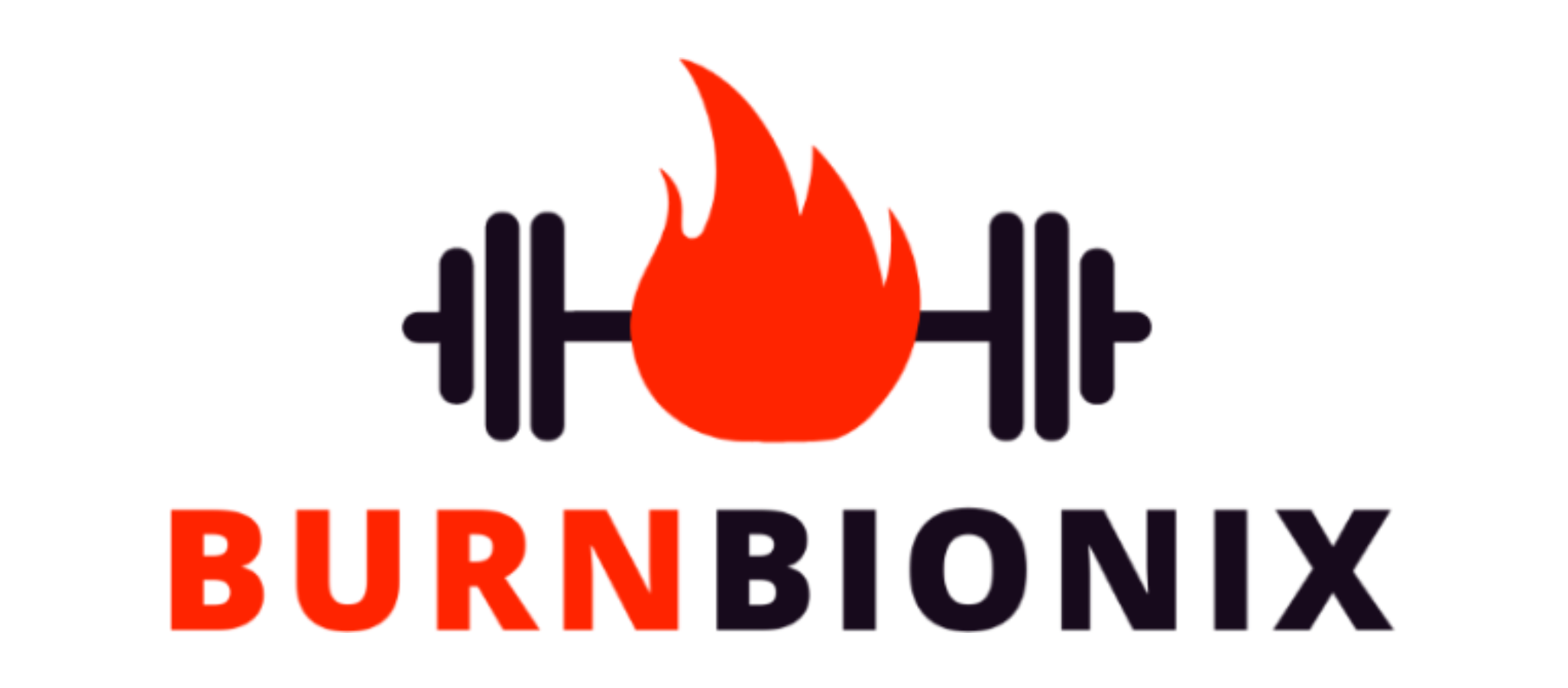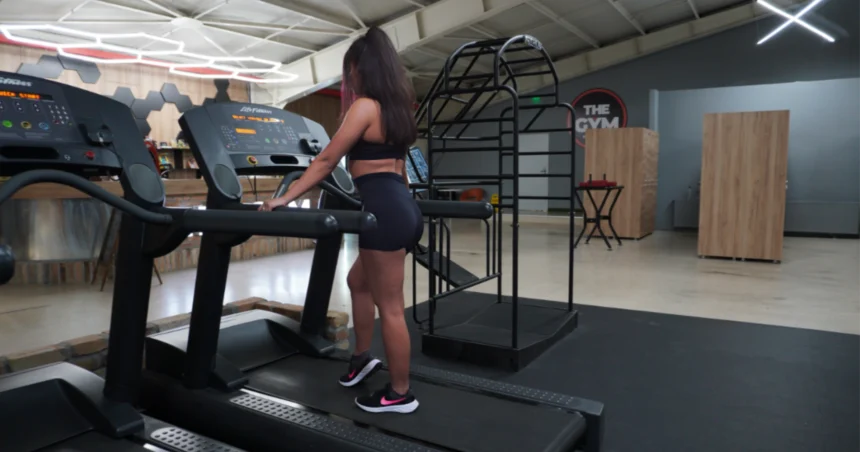In the world of fitness, the debate around whether to do cardio before or after weights has been long-standing. It’s a question that doesn’t just intrigue newcomers but also makes experienced trainers stop and think. The sequence in which you tackle cardio and weights can be the determining factor in your workout’s effectiveness. From muscle definition, endurance improvement, to even the subtleties of fat burn, your choice plays a key role. This article dives deep into this topic, presenting the pros and cons of each approach to help you decide the best fit for your fitness goals. Let’s get started.
Factors Influencing the Decision
Every fitness journey is unique. As you seek the optimal path in the cardio before or after weights debate, several key factors will steer your decision.
- Individual Fitness Goals: Your goals sit at the heart of your regimen. Want to develop raw strength or muscle bulk? Prioritizing weights might be your calling. If enhancing cardiovascular health or shedding pounds is your target, starting with cardio can give you the edge.
- Time Availability: Not all of us have the luxury of endless hours in the gym. If you’re crunched for time, you might opt for a quicker, high-intensity cardio session before moving to weights. On the flip side, if muscle training is your main focus for the day, you’ll likely start there, incorporating cardio as time allows.
- Split Training Approach: The split-training methodology, where you focus on specific muscle groups each day, impacts your choice. If it’s a leg day, for instance, heavy cardio before squats can sap your energy.
- Focus of the Day’s Workout: Your daily focus makes a difference. Upper body day might lend itself well to some cardio beforehand, warming up the body without tiring out the muscles you’re about to train.
Analyze your aims, schedule, workout split, and daily focus. Then strategically order cardio and weights to maximize each session. With intention, you can get fit efficiently even with limited time.
Cardio Before Weights
Benefits of Doing Cardio First
- Increasing Aerobic Endurance: Cardiovascular activities like running, cycling, or rowing primarily tap into your aerobic system. By doing cardio before diving into your weightlifting session, you’re priming your body to improve its oxygen usage. Over time, this means greater stamina and endurance, enabling you to work out longer and more efficiently.
- Losing Body Fat: Cardio gets your heart rate up and starts burning calories right from the get-go. When you kick off with an intense cardio session, you’re using up the glycogen stores. This might lead your body to burn fat sooner once you transition into your weightlifting segment.
Best Scenarios to Do Cardio Before Weights
- Goal of Better Endurance: For those aiming for a marathon, triathlon, or any endurance sport, it’s crucial that your training simulates the real-world conditions as much as possible. Starting with cardio ensures your muscles get conditioned to function optimally even when fatigued.
- Improving Cardiovascular Endurance: Our heart is a muscle, and like any other muscle, it needs training. Cardio workouts are the best way to do this. For individuals aiming at a stronger heart or better lung capacity, leading with cardio ensures you give this aspect of your fitness the priority it deserves.
- On Upper-Body Strength Training Days: Here’s an interesting twist to the cardio before or after weights debate. On days when you’re focusing on your upper body, a cardio start can be an excellent strategy. It warms up your body, gets your heart rate going, but doesn’t exhaust the specific muscles you’re about to train with weights.
Weights Before Cardio
Shifting the spotlight to the other side of the debate, let’s explore the merits of engaging in weight training before your cardiovascular session. This approach is heralded by many for a multitude of reasons, from fostering muscle growth to fueling a powerful fat-burning engine.
Benefits of Doing Weights First
- Improving Strength: When your energy reserves are at their peak, lifting weights can be more productive. Tapping into your glycogen stores early means you can lift heavier and push harder. This direct impact translates to better strength gains over time. When you tackle weights head-on, you’re ensuring that muscle fatigue doesn’t compromise your form or intensity.
- Muscle Building and Fat Loss: Weightlifting has a secret weapon up its sleeve: the afterburn effect. After a vigorous weightlifting session, your body continues to consume more oxygen, burning calories at a heightened rate. This phenomenon, known as excess post-exercise oxygen consumption (EPOC), gets an added boost when followed by cardio, amplifying the fat loss potential.
Best Scenarios to Do Weights Before Cardio
- Goal of Burning Fat and Losing Weight: Starting with weights sets the stage for a potent fat-burning session. When your strength training depletes glycogen, the body is prompted to burn fat as a primary fuel source during the subsequent cardio session.
- Getting Stronger: If raw power and muscle definition are your end goals, prioritize weights. By lifting first, you channel your prime energy towards muscle hypertrophy, ensuring you’re making the most of every rep. Post this, a cardio session further aids in muscle recovery by boosting blood flow, delivering essential nutrients to those worked-out muscles.
- On Lower-Body Strength Training Days: Imagine doing a taxing leg workout and then attempting a long run; sounds daunting, right? On days when squats, lunges, and deadlifts dominate your routine, it’s advisable to keep the cardio light and post-weights. This sequencing ensures you don’t overstrain your lower body, minimizing injury risks and maximizing muscle development.
Incorporating weights before cardio can be a strategic move, especially for those looking to sculpt their physique and gain raw power. The choice, as always, hinges on personal goals and how one’s body responds. By testing both sequences and keenly observing results, you’ll find the rhythm that resonates best with your fitness aspirations.
Balancing Cardio and Weights for General Fitness
Attaining a harmonious balance between cardio and weights is crucial for a well-rounded fitness routine. When your objective is overall health and well-being, weaving these two pillars of fitness seamlessly is the key.
- Choosing the Less Preferred First: We’re all guilty of playing favorites, be it cardio or weights. But here’s a pro tip: start with the one you’re less inclined towards. By tackling it head-on when your energy is prime, not only do you ensure a more efficient workout, but over time, this practice might just turn your less preferred activity into a favorite.
- U.S. Department of Health Recommendations: When it comes to a balanced fitness regimen, the guidelines are clear. Aim for at least 150 minutes of moderate-intensity cardio or 75 minutes of its vigorous-intensity counterpart each week. This, combined with strength training sessions at least twice a week, sets the foundation for comprehensive fitness.
- Frequency of Training: Balancing frequency is as vital as managing intensity. While weight training thrives on consistency, it’s recommended around 3 times a week, leaving ample room for cardio sessions. This rhythm ensures muscle recovery and promotes cardiovascular health without tipping the scales in favor of one over the other.
By heeding these insights and recommendations, your journey to general fitness will be both rewarding and sustainable, forging a path that celebrates the essence of both cardio and weights.
Scheduling Recommendations
Mastering the dance between cardio and weights involves not just sequence but also savvy scheduling.
- Combining Cardio and Weights in One Session: If your watch is your taskmaster, blend cardio and weights in a single session. It’s efficient and ensures you reap benefits from both worlds, especially on those tight-schedule days.
- Two-A-Day Workout Splits: If dedication drives you to hit the gym twice a day, lift in your first session. Follow this with a cardio burn in the evening. This split optimizes energy utilization and drives results.
- Recovery Time: The essence of growth lies in recovery. If you’re segregating cardio and weights into different sessions, ensure there’s ample recuperation time in between. It rejuvenates muscles and preps the body for the next round. Remember, it’s the balance of exertion and relaxation that fuels sustainable fitness.
Final Thoughts
Navigating the world of fitness is as much about personal preference as it is about the science behind each workout. The debate on doing cardio before or after weights isn’t a one-size-fits-all answer, but rather one that pivots on individual fitness aspirations. As you lace up your sneakers or prep for those deadlifts, let your goals guide your decision. Remember, it’s not about which method is universally superior, but which one propels you towards your objectives. The golden advice? Give both approaches a whirl. Experiment, observe, and tune into how your body responds. After all, fitness is a journey, and discovery is an integral part of it. Safe travels on your path to optimal health!









